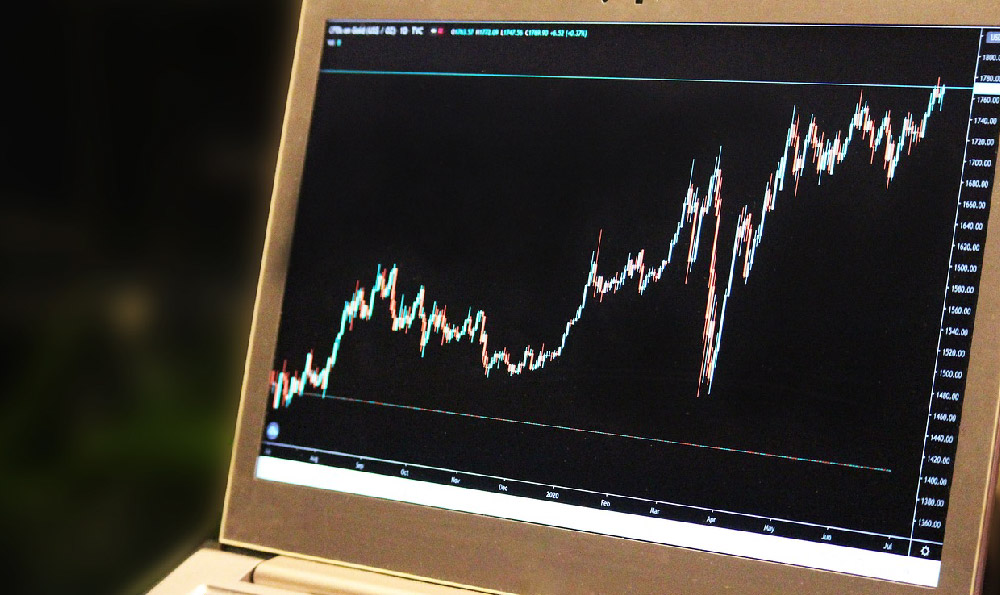"Rich Dad Poor Dad" by Robert Kiyosaki, is more accurately described as a primer on financial literacy and mindset shift rather than a comprehensive investing guidebook. While it does touch upon investing, its primary focus lies in differentiating between assets and liabilities, and advocating for a paradigm shift in how individuals approach money and wealth creation. To answer the question directly: Yes, "Rich Dad Poor Dad" discusses investing, but not in the traditional sense of providing specific stock picks or detailed technical analysis. Its value lies in shaping the reader's perspective on money and laying the groundwork for informed investment decisions.
The core message of the book is centered around the contrasting financial philosophies of Kiyosaki's biological father (the "poor dad"), who was highly educated but struggled financially, and his friend's father (the "rich dad"), who was less formally educated but financially successful. The "poor dad" represents the traditional mindset of working for money, emphasizing job security and saving, while the "rich dad" embodies the entrepreneurial spirit and the principle of making money work for you through investments.
The book deconstructs the conventional wisdom of going to school, getting a good job, and saving for retirement. Kiyosaki argues that this path, while seemingly secure, often leads to the "rat race" – a cycle of working to pay bills without ever truly achieving financial freedom. He contends that financial literacy, specifically understanding the difference between assets and liabilities, is crucial to breaking free from this cycle.

According to the book, an asset is something that puts money into your pocket, while a liability takes money out of your pocket. This definition is crucial to understanding the book's investing philosophy. The "poor dad" tends to acquire liabilities disguised as assets, such as a large house that drains resources through mortgage payments, property taxes, and maintenance. The "rich dad," on the other hand, focuses on acquiring assets that generate passive income, such as real estate that produces rental income, stocks that pay dividends, or businesses that generate profits.
"Rich Dad Poor Dad" emphasizes investing in assets that generate cash flow. This is a recurring theme throughout the book. Kiyosaki advocates for learning about different asset classes and developing the financial intelligence necessary to identify profitable investment opportunities. He doesn't explicitly recommend specific investments, instead focusing on the underlying principles that guide successful investing. He suggests exploring real estate, starting or buying businesses, and investing in stocks, but always with a focus on generating cash flow. The key is not just to accumulate assets, but to acquire assets that continually produce income, freeing you from the need to trade time for money.
The book also touches upon the importance of financial education and learning about the legal and tax advantages available to investors and business owners. Kiyosaki points out that the rich often utilize corporations and other legal structures to protect their assets and minimize their tax burden. He encourages readers to educate themselves on these strategies and to seek professional advice from accountants and lawyers. Understanding the tax implications of different investments is crucial for maximizing returns and building long-term wealth.
Furthermore, the book stresses the importance of overcoming fear and taking calculated risks. Kiyosaki argues that fear of losing money is a major obstacle for many people, preventing them from ever investing. He encourages readers to start small, learn from their mistakes, and gradually increase their investment exposure as their financial literacy and confidence grow. He also highlights the importance of learning from others who have achieved financial success and surrounding yourself with a supportive network. The willingness to take calculated risks, coupled with continuous learning, is essential for building wealth.
While "Rich Dad Poor Dad" does not provide a step-by-step guide to investing, it lays a strong foundation for developing a wealth-building mindset. It encourages readers to question conventional wisdom, prioritize financial education, and focus on acquiring assets that generate cash flow. It is a call to action, urging individuals to take control of their financial destiny and actively pursue financial freedom.
The book's criticisms often revolve around its simplified explanations of complex financial concepts and its anecdotal evidence. Critics argue that some of Kiyosaki's advice is overly simplistic and may not be applicable to everyone's situation. Additionally, the book lacks specific details on how to evaluate investment opportunities and manage risk. However, despite these criticisms, "Rich Dad Poor Dad" remains a popular and influential book due to its powerful message of financial empowerment and its ability to inspire readers to take control of their financial lives.
Ultimately, "Rich Dad Poor Dad" is not a replacement for professional financial advice or in-depth investment research. However, it is a valuable starting point for anyone seeking to improve their financial literacy and adopt a wealth-building mindset. It encourages readers to think differently about money, identify opportunities, and take action to create a more secure and prosperous future. It is a call to move beyond the traditional "work for money" paradigm and embrace the principles of investing and entrepreneurship to achieve financial freedom. The book provides the mindset, and then encourages the reader to seek more specific knowledge regarding individual investing choices.

